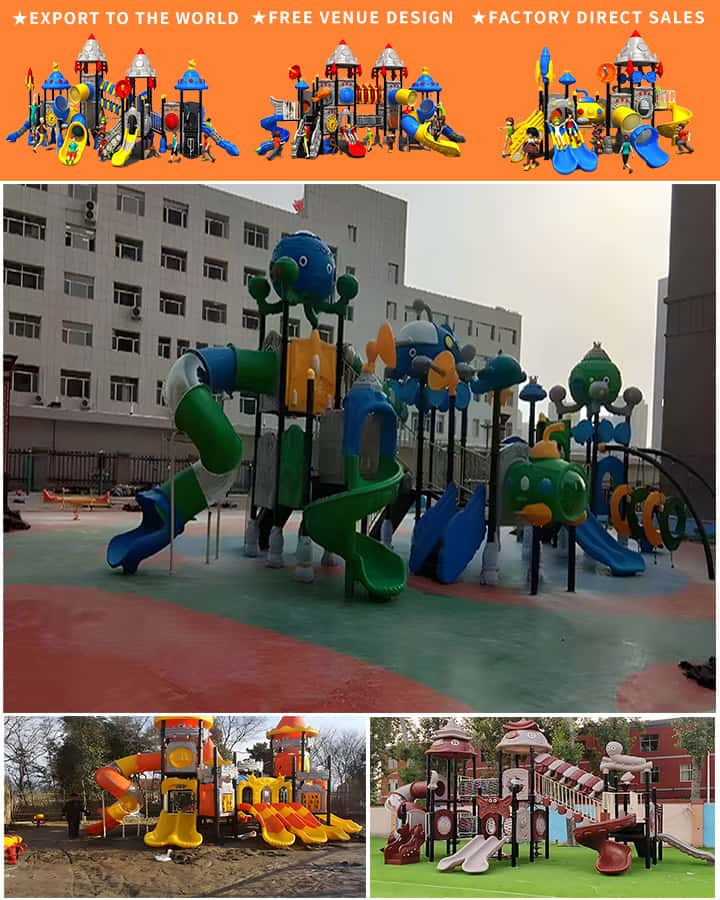When designing or maintaining an outdoor playground, selecting the appropriate surface material is crucial to ensure a safe and enjoyable environment for children. The right choice of material can significantly reduce the risk of injuries from falls and other accidents while also enhancing overall play experience. This article explores various factors that should be considered when choosing outdoor playground surface materials.
Importance of Choosing the Right Surface Material
The primary concern with any playground surface is safety. Children are naturally active and energetic, and as such, they are prone to occasional slips, trips, and falls. A well-chosen surface material can help mitigate the impact of these falls and protect children from serious injuries. Additionally, the right playground surface can improve the aesthetic appeal, longevity, and maintenance of the playground.
Types of Outdoor Playground Surface Materials
Rubber Mulch: Rubber mulch is a popular choice due to its shock-absorbing properties. It is made from recycled rubber tires, making it an eco-friendly option. Rubber mulch provides excellent cushioning to reduce injuries and is relatively easy to maintain. However, it may require regular replenishment and can get quite hot under direct sunlight.
Engineered Wood Fiber (EWF): EWF is another common material used in playground surfaces. Made from wood shavings treated with special coatings, EWF offers good cushioning and resilience. It is soft and comfortable underfoot, making it ideal for areas with frequent foot traffic. However, EWF requires regular maintenance to prevent compaction and to keep it free of debris.
Poured-in-Place (PIP) Rubber: PIP rubber surfaces are durable and provide superior shock absorption. They are seamlessly installed and come in various colors, allowing for creative designs. Although initially more expensive than other options, PIP rubber has a longer lifespan and lower maintenance costs over time. It’s also wheelchair accessible, making playgrounds inclusive.
Bonded Rubber Mulch: Bonded rubber mulch consists of small rubber pellets mixed with a binding agent before being applied to the playground surface. This method creates a firm, resilient layer that is highly durable and resistant to displacement. Bonded rubber mulch is excellent for high-traffic areas and is known for its long-lasting performance and low maintenance.
Grass: Natural grass is often considered for playgrounds due to its softness and aesthetic appeal. However, it requires significant maintenance to stay lush and even. Grass can become muddy and slippery when wet, which increases the risk of injury. It is also less durable compared to synthetic materials, requiring frequent mowing, watering, and fertilization.

Factors to Consider When Choosing Playground Surface Material
Safety Standards: Ensure that the material meets relevant safety standards, such as those set by ASTM (American Society for Testing and Materials) and CPSC (Consumer Product Safety Commission). These standards specify acceptable levels of impact attenuation to minimize injury risks.
Durability: Choose materials that can withstand heavy use and harsh weather conditions without degrading quickly. Durable materials reduce the need for frequent replacements and repairs.
Maintenance Requirements: Consider how much maintenance each material will require. Some options may need regular inspections, cleaning, or top-ups to remain effective. Lower-maintenance materials can save time and resources in the long run.
Cost: Initial cost versus long-term savings is a critical consideration. While some materials may have higher upfront costs, their durability and low maintenance can result in economic benefits over time.
Aesthetic Appeal: The visual appearance of the playground can influence its attractiveness. Colorful and well-designed surfaces can enhance the overall appeal and functionality of the playground.
Accessibility: Ensure that the chosen material complies with accessibility standards to accommodate children with disabilities. Wheelchair-accessible surfaces make playgrounds inclusive for all users.
Conclusion
Selecting the right outdoor playground surface material involves balancing safety, durability, maintenance requirements, cost, and aesthetic appeal. Whether you opt for rubber mulch, engineered wood fiber, poured-in-place rubber, bonded rubber mulch, or natural grass, each material comes with its own set of advantages and considerations. By carefully evaluating these factors, playground designers and administrators can create safe, fun, and inviting spaces that encourage physical activity and foster childhood development. Investing in the right surface material not only ensures the safety of young users but also contributes to the longevity and success of the playground.




